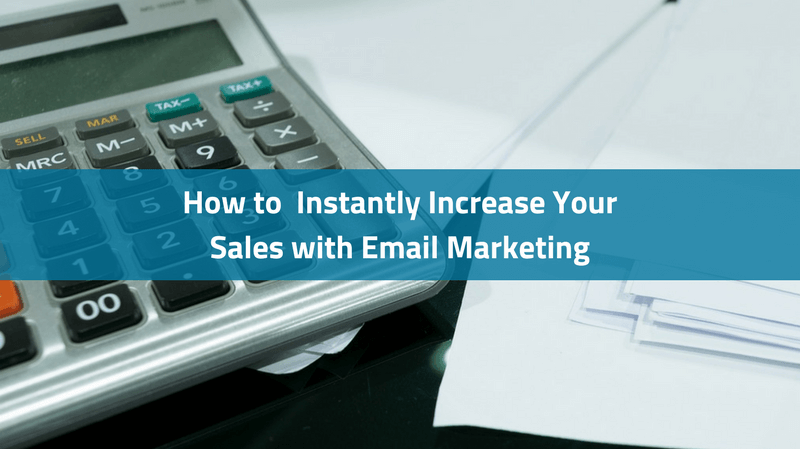Email marketing is proven as the most effective digital marketing channel to drive sales revenue. Per McKinsey & Co., email is about 40 times more effective than Facebook and Twitter in acquiring new customers – but are you doing enough in your email marketing to drive sales? Many businesses use email marketing to send newsletters or promotional emails simply.
By doing so, businesses miss out on the opportunity to deliver content and offers personalized to each customer’s individual interests and needs.
Take a look at three ways to boost your bottom line through effective email marketing strategies.
Strong First Impressions
Think about the types of emails you receive – which ones do you open, and which ones end up in the trash? If you don’t want your email to end up in the proverbial email wasteland, then your subject line and email header must make an immediate impression. Litmus reports that brands only have between 3 to 4 seconds for an email to make an impression on readers, and often that’s before it’s even opened. You MUST make smart use of the text people see before an email is opened. Some ways to do that include:
- Keeping a subject line 50 characters or less
- Personalizing email subject lines and header text using data like name, recent transactional history, and birthday
- Sending emails at the optimal time for each recipient
- Putting the call to action right in the header (i.e., “Shop our biggest sale of the year now”)
You literally only have a few seconds to get it right when it comes to reader response to your email, so take the time to strategize what you will do to capture that attention.
Triggered Series Campaigns
Sending blanket email campaigns that promote a sale, new product, or other company news has no place in today’s email marketing landscape. Per DMA, over 75 percent of email revenue is generated by triggered campaigns. Email marketing platforms, like Campaign Monitor, have created marketers’ ability to deliver automated emails that are personalized to individual recipients on a 1:1 basis. Automated emails are triggered by predefined events like a new subscriber, purchase, or how an email recipient interacts with each email. Here are a few automated email triggers that businesses can create to dynamically engage with subscribers based on the ways they engage with the brand:
- Welcome. When someone opts-in to your email list or follows your site/blog, follow up with an automated “thank you” (including a coupon code is helpful here).
- Abandoned cart. When a customer gets almost to the point of making a sale but leaves your site before clicking that “buy” button, send an automated email. Remind the customer that there are still items in the cart. It makes sense to send this a few hours or a day later. You can also set up a series of reminders for abandoned carts that eventually offer a discount code to entice the purchase.
- Follow up. Let your customers know that you appreciate their business with a “thank you” email. When an item has been delivered, send an email asking how the product is working out and prompting the customer to leave a review either on your site, on Amazon, on social accounts, or anywhere else potential customers will see reviews.
- Checking in. If you haven’t heard from a customer lately, send an email checking in. Offer a coupon or some suggested items based on past purchases to engage them once again.
Don’t wait for your customer to come to you; it’s the brand’s job to keep its name at the forefront of consumers’ minds, and an effective way to do that is through triggered email campaigns.
Segmented Audiences
One email does not fit all, and consumers are increasingly expecting more personalized content in their inboxes. Relevant content that is tailored to the receiver is the most effective way actually to make a sale. Luckily, today’s email marketing platforms make this easier than ever before since they integrate with third-party business tools like Salesforce CRM and e-commerce platforms like Shopify.
You want to segment your audience based on basic things like age and location, but you also want to look at things like past purchases, items left in abandoned carts, and frequency of purchases. Using some of these advanced data points will allow for highly personalized emails to be sent. For example, a travel company wants to send a special offer for a high-end Caribbean resort. By segmenting past purchase history from their e-commerce platform, the brand can send the offer to all customers who have purchased vacation packages in the last 12 months over a certain amount.
Your audience already receives many emails, so find ways to cut through the noise and deliver quality, relevant content at the right moment. By focusing on personalization and automation, your business can engage with customers in a way that feels personal and authentic instead of being just another company trying to sell them something.


Pingback:The John Carlton Copywriting Updates Daily - Get Your Name in the News? For FREE! Saturday, May. 26, 2018 - Michael Von Irvin